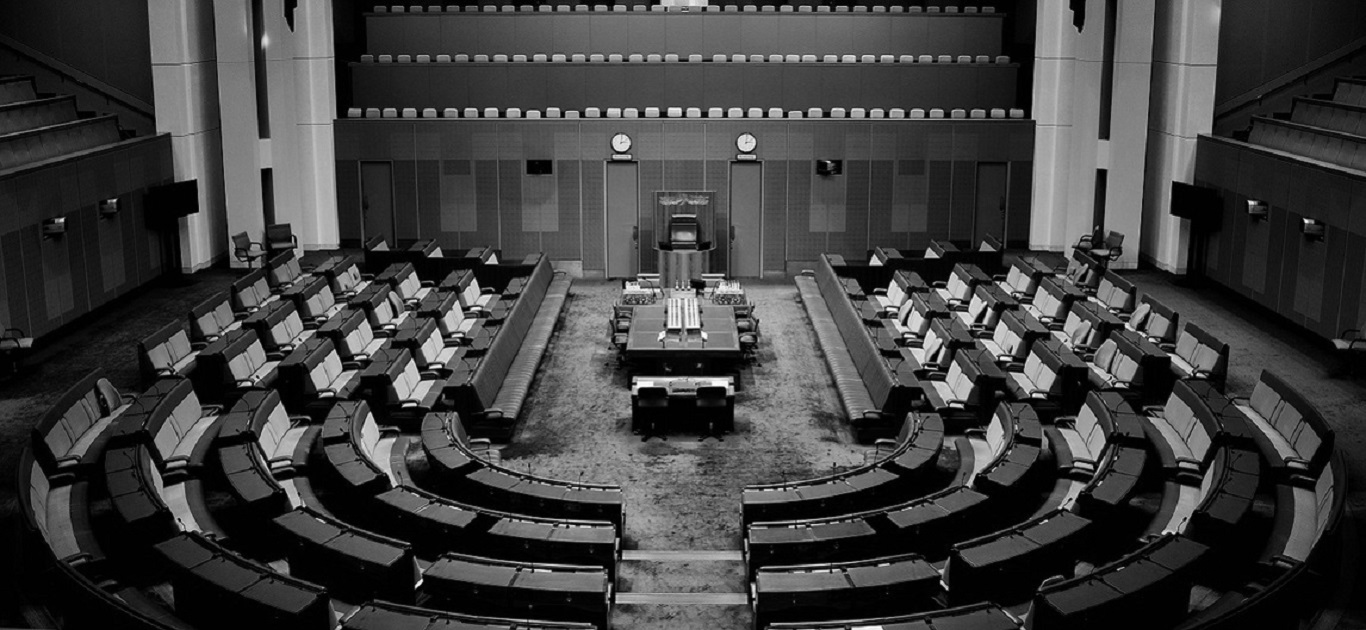The Australian Federal Government released their budget for the 2022 financial year last Tuesday.
The most useful measures that were announced relating to individuals are:
Super Contributions age limit increase
At present, anyone under age 67 can make a personal contribution if their account balance is less than $1.6m. Anyone under age 65 with an account balance of less than $1.4m can use the bring-forward rule to make a contribution of up to $300,000.
Anyone who is under age 75 and still working can also make contributions.
The government has proposed to remove the work test and allow anyone under age 75 to make personal contributions regardless of their employment status. This will come in to effect on 1 July 2022.
The non-concessional (personal) super contribution cap was already scheduled to increase to $110,000 on 1 July 2021.
First Home Super Saver Scheme (FHSSS)
The maximum amount that can be withdrawn from super for a first home deposit is increasing from $30,000 to $50,000. The scheme is also being amended to make it more flexible for buyers who have difficulty finalising a purchase or make a mistake on their FHSSS application.
Given the tax savings and that super funds are generating higher returns than bank savings accounts most of the time, this is an absolute must-do for first home buyers.
Assuming one’s taxable income is between $60,000 – $120,000, the savings calculations are:
- Salary sacrifice $12,500 per year for 4 years ($8,187.50 after tax).
- Pay 15% tax on the contributions.
- Deemed earning rate is 3% + 90 day bank bill rate = 3.1%
Amount accumulated after 4 years = $44,517.41
- Tax at 4.5% is deducted from the balance.
Net amount received = $42,514
Total after-tax salary sacrificed = $32,750
- Internal rate of return = 17.7%
If you are a couple and you both do this, that’s a total accumulated amount of $85,028, which is enough for a 20% deposit on a property worth $425,000.
If you can save another $45,000 on top of this, it would be enough to get a property worth $650,000.
If you have parental support, can access the government guarantee scheme or are willing to pay mortgage insurance then you can go higher again.
Saving money is not easy but nothing good comes without sacrifice.
Downsizer Contributions
Currently, if you are over age 65 and sell your residence that you have held for more than 10 years you can contribute up to $300,000 to superannuation from the proceeds. This must be done within 90 days of settlement and only once. There is no limit to the balance on your super fund.
They are proposing to reduce the age limit to 60 from 1 July 2022.
This will give a significant overlap of personal contributions and downsizer contributions to allow anyone between age 60-74 the option of contributing up to $630,000 ($1,260,000 for a couple).
This is intended to encourage couples who own valuable housing to downsize and improve their financial position.
The main drawback from doing this is a potential loss of Age Pension benefits.
Superannuation Guarantee (SG) Contributions
SG contributions will now be payable on the first dollar of earnings (previously they were not payable if earnings were less than $450 in a month). There was an administrative argument against paying small amounts but now that all employers are required to use computerised payroll systems this is no longer an impediment.
Previously announced changes:
The SG rate will also increase from 9.5% to 10% from 1 July 2021. It was already legislated previously but there was a suggestion it would be delayed. It is now confirmed that the increase will go ahead.
The rate will increase by half a percent each year until it reaches 12% on 1 July 2025.
Concessional (Deductible) Contribution limit increase
The maximum tax deductible contribution is currently $25,000 and it will increase to $27,500 on 1 July 2021.
This is due to automatic indexation of the limit to the AWOTE (wages growth) index. The next increase to $30,000 is likely to occur in 3-5 years’ time.
It is possible to exceed this limit by carrying forward unused limits from previous years starting on 1 July 2018 for up to 5 years. This is only available if your super fund balance was less than $500,000 on 30 June of the previous year.
For example if you have not made any contributions since 1 July 2018 and your balance was less than $500,000 on 30 June 2020 you could contribute up to $75,000 of tax-deductible contributions this year.

